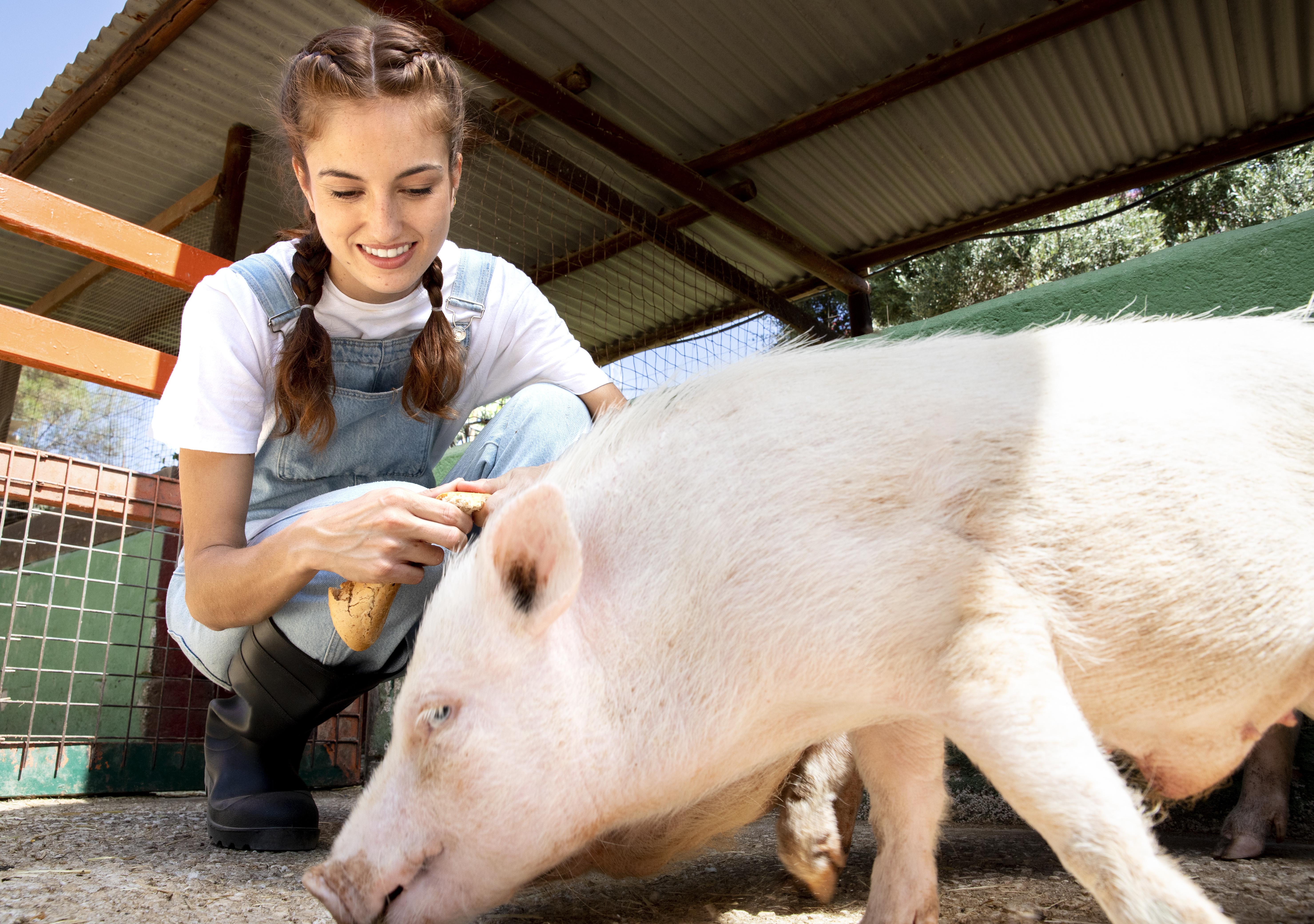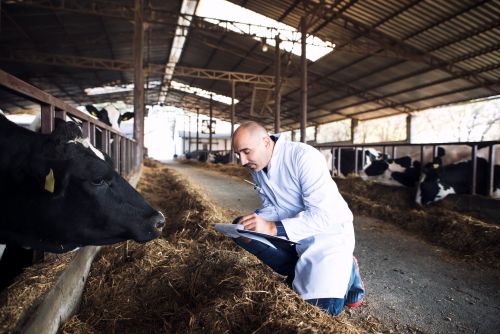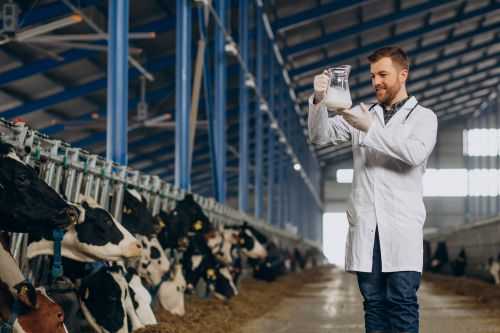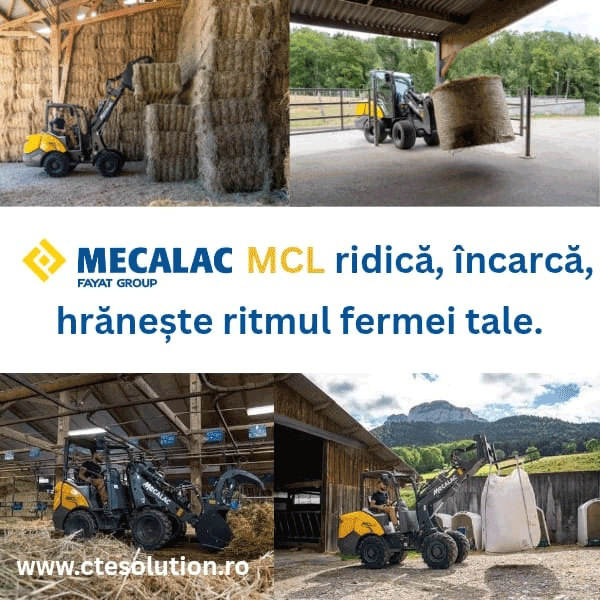676

Individual Animal Identification is one of the most important requirements in modern livestock farming, essential for traceability, biosecurity, reproduction, genetic improvement, and access to subsidies. Today, farmers and breeders' associations use a combination of physical devices (ear tags, microchips) and specialized software to monitor real-time data for each individual animal.
Devices Used
1. Visual and RFID Ear Tags
• The most commonly used identification method in Romania and the EU.
• Legally mandatory for cattle, sheep, goats, and pigs (according to MADR/ANSVSA regulations).
• Contain a unique numeric code (e.g., UELN code for cattle).
• Advanced versions include RFID tags (Radio Frequency Identification) with integrated microchips for fast, contactless reading using a scanner.
2. Implantable Microchips
• Mainly used for horses, dogs, cats, and in some elite commercial farms.
• Implanted subcutaneously (standard ISO 11784/11785).
• Allow high-precision, contactless reading and integration with international databases.
3. Smart Collars or Pedometers
• Primarily used in dairy cattle farms.
• Track data such as movement, rumination, estrus, and body temperature.
• Synced with ERP management software for early detection of behavioral anomalies.
Identification and Individual Management Software
Modern software integrates databases with RFID/microchip devices and enables:
• Management of individual animal records (origin, breed, vaccinations, treatments, reproduction, production).
• Full traceability, from birth to slaughter or sale.
• Integration with genealogical registers and breeding schemes.
• Automated alerts for gestation, calving, treatments, dry-off periods, etc.
• Interoperability with national databases: ANZ, ANSVSA, APIA.
Examples of software used in Romania and the EU:
• SomaNet – national software used in dairy farms for milk production control.
• HerdMetrix, VAMPP, Uniform-Agri – used in advanced commercial farms.
• ICAR-EasyID – international standard for performance testing data recording.
• EID Reader + mobile apps – for small and medium-sized farms, compatible with RFID tags.
Benefits and Requirements
Implementing a modern individual identification system offers:
• 50–70% reduction in manual record-keeping time.
• Increased efficiency in detecting diseases, infertility, or heat stress.
• Eligibility for APIA subsidies (direct payments, coupled support) and breeding programs.
• Compliance with EU legislation on food safety and animal welfare.
However, full implementation requires:
• Initial investment in RFID equipment and software (between €5,000 and €25,000 per farm, depending on size).
• Training staff to use the applications and terminals.
• Integration with national registries and ongoing data updates.
Conclusion
Individual identification is no longer just a legal requirement, but a strategic tool for high-performance livestock management. Combining microchips, RFID tags, and digital management software enables Romanian farmers to transition to data-driven precision farming with high operational efficiency and full traceability. Within the framework of the future CAP and sustainability requirements, farmers who adopt these solutions will gain priority access to funding and premium markets.
(Photo: Freepik)





